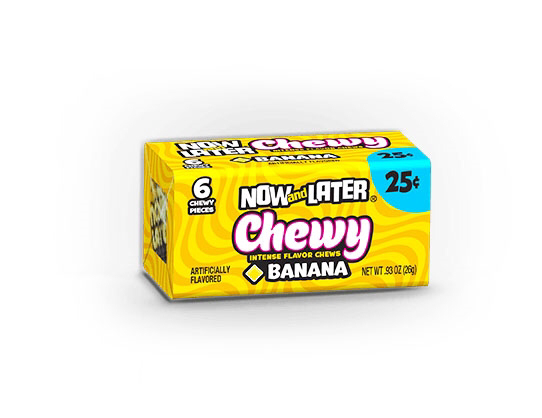The "stalled fermentation" with an airlock is a hard to kill HB myth that keeps popping up. Yeast has no way of knowing whether an airlock is present or not as the maximum pressure an airlock creates does not exceed 1 millibar, which is less than the daily swings you get due to changing meteorological conditions.
I'm not aware of Schneider making any claims related to oxygen and 4-vinyl-guaiacol production.
I'm not aware of Schneider making any claims related to oxygen and 4-vinyl-guaiacol production.
Last edited:























































![Craft A Brew - Safale BE-256 Yeast - Fermentis - Belgian Ale Dry Yeast - For Belgian & Strong Ales - Ingredients for Home Brewing - Beer Making Supplies - [3 Pack]](https://m.media-amazon.com/images/I/51bcKEwQmWL._SL500_.jpg)





